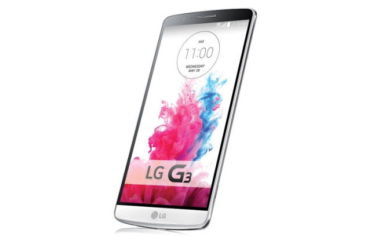While there was a 70 percent increase in smartphone shipments in 2011, a trend that many observers figured would go on forever, smartphone shipments have actually dropped by 5.4 percent in 2012. And while the U.S. market experiences an unexpected decrease in the market, the rest of the world continues to soar in shipments.
This means that manufacturers are increasingly going to be looking overseas for new markets and moving their attention away from the U.S. In the long-run it could mean a drop in the technologies made available to U.S. consumers.
As for market share, according to the analysis by Strategy Analytics, Android shipped 13.4 million units in the second quarter this year, compared to 15.3 million units in the second quarter last year, a 12.41 percent decrease. Android also saw its market share drop from 60.6 percent of the market second quarter last year to 56.3 percent in this year’s second quarter.
As for Apple, it sold 26 million phones in the second quarter this year, which is a 5.6 million increase over the 20.4 million sold last year second quarters. But while the number of units shipped increaed, Apple’s market share declined from 18.8 percent last year to 16.9 percent his year second quarter.
Samsung sold 50.2 million smartphones in Q2 2012, far more than Apple’s 26 million. Samsung has a 32.6 percent market share and Apple just 16.9 percent market share. The biggest Android smartphone manufacturer is increasing its market share, while the only iOS device manufacturer is seeing a decrease in Q2 2012.
While 54.2 percent of smartphone to smartphone buyers are favoring Android, 33.5 percent buy an iOS device (iPhone). Furthermore, 61.5 percent of feature phone to smartphone buys are Android devices, with just 25.2 percent for iOS. That’s indicative of increasing smartphone share for Android from feature phone to smartphone upgrades and when compared to the numbers posted for iOS it can only account to an increase in market share for Android.


